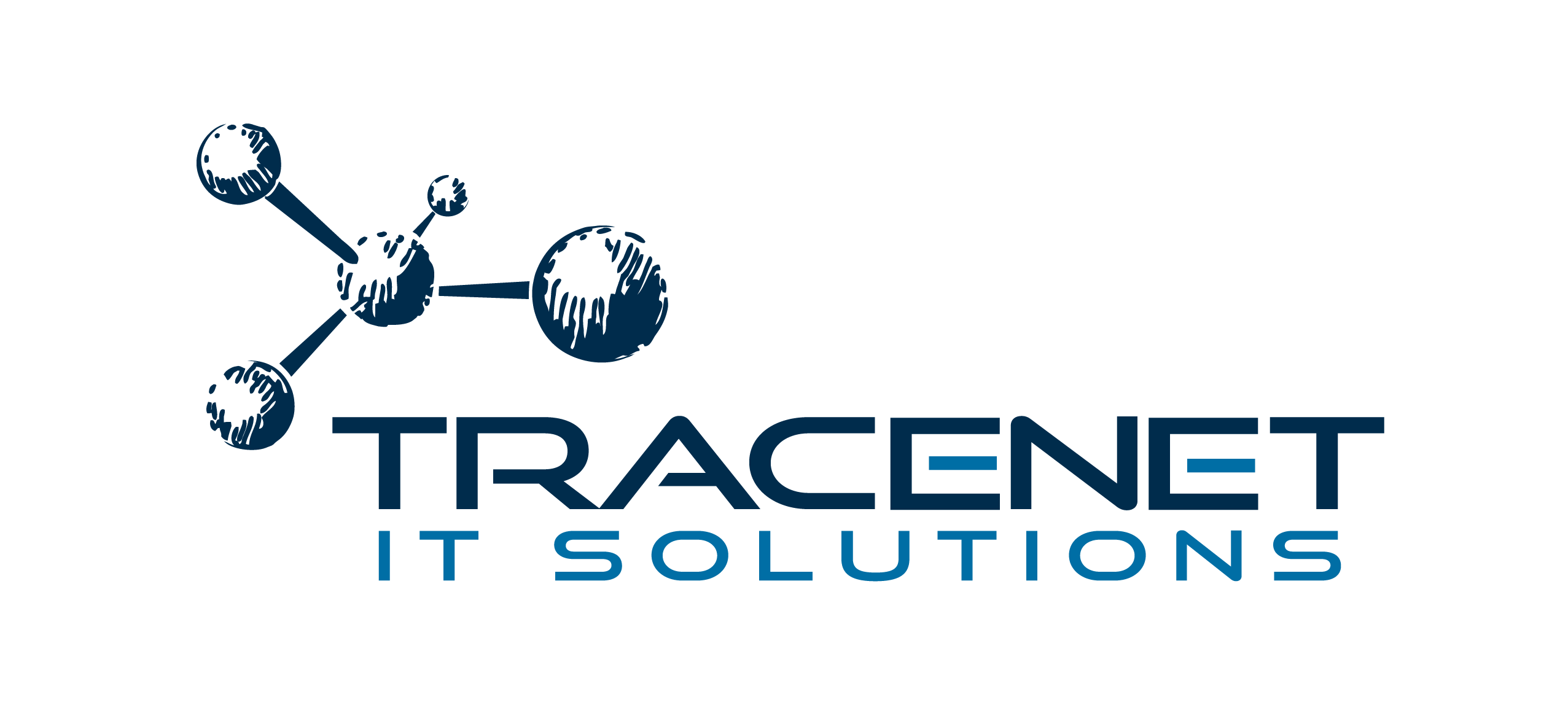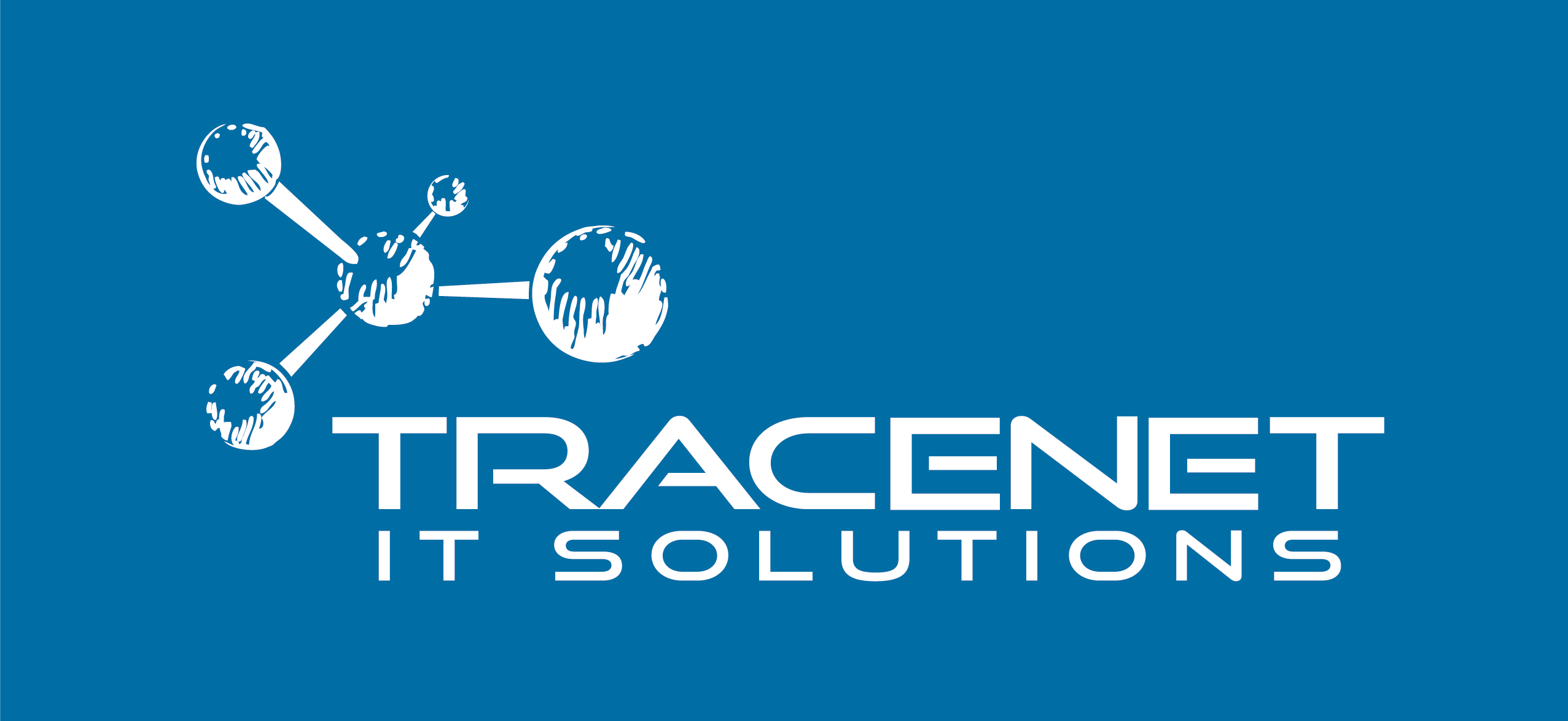Storing your company's data securely and efficiently is indispensable as the volume of information collected increases.
When your company is responsible for ensuring the protection of sensitive data, investing in data security is more than necessary in the face of the constant threat of cyber attacks.
After all, personal and financial information is increasingly being targeted by cybercriminals, so it’s important to understand the safest way to protect these assets.
With this in mind, in this article, we will look at the main strategies and technologies that can be adopted to protect information robustly. We will cover security practices, from encryption and authentication to cloud storage solutions and automated backups.
We intend to provide a clear vision of how to guarantee data integrity, confidentiality and availability while minimizing risks and vulnerabilities. Enjoy the read!
The importance of security in data storage
Secure data storage is essential for protecting information from unauthorized access, leakage and loss. Companies that neglect the security of their data can suffer serious consequences, including legal sanctions, financial loss and reputational damage.
According to IBM’s “Cost of a Data Breach 2023” report, the global average cost of a data breach was US$4.45 million, a significant increase on previous years.
In addition, regulations such as the LGPD (General Data Protection Act) and the GDPR (General Data Protection Regulation of the European Union) establish strict guidelines for the storage and processing of personal data, requiring companies to implement effective security measures.
Main data storage methods and their vulnerabilities
The choice of data storage method can directly impact the security, accessibility and integrity of information. Different approaches offer specific advantages and challenges, and understanding these vulnerabilities is essential to implementing effective protection strategies. Check them out:
- On-Premise Storage
Local storage involves the use of physical servers, hard disks and other devices to keep data within the company’s infrastructure. Although it offers greater control over security and access, this method has some vulnerabilities:
- Risk of physical failure and data loss if not properly backed up;
- Vulnerability to natural disasters such as fires and floods;
- Need for constant maintenance and high costs to update the infrastructure.
- Cloud storage
Cloud storage has become a popular alternative due to its flexibility and scalability. Providers such as AWS, Google Cloud and Microsoft Azure offer advanced security features, including encryption and multi-factor authentication. However, there are challenges to consider:
- Dependence on third parties for data security;
- Possibility of information leakage due to configuration failures;
- The need for strict access control policies.
- External devices (HDDs, SSDs, Pen Drives)
External devices are useful for temporary storage or data transportation. However, they present significant risks:
- Easy loss or theft;
- Hardware failure without backup can result in irreparable loss;
- Vulnerability to malware and ransomware attacks if connected to infected devices.
- Distributed Storage and Blockchain
Emerging technologies such as distributed storage and blockchain offer innovative solutions for data security.
Distributed storage divides data into encrypted fragments, distributing them across several network nodes, which prevents centralized attacks. Blockchain, on the other hand, guarantees the integrity and immutability of information.
Best practices for data storage
One of the main safe practices for storing sensitive information is data encryption. This solution transforms information into codes that are unreadable to anyone without the access key. It is essential to encrypt data at rest (stored) and in transit (during transmission).
In addition, it is strongly recommended to implement multi-factor authentication, which is responsible for adding extra layers of protection, ensuring that only authorized users have access to data. In addition to strong passwords, factors such as biometrics or physical tokens increase security.
In addition to these two steps, frequent backups must be kept, following the 3-2-1 rule (three copies, in two different formats, with one stored externally), which helps prevent data loss in the event of a failure or cyber-attack.
It’s worth noting that establishing strict access control policies prevents unauthorized users from manipulating sensitive data. Monitoring tools and audit logs help detect suspicious activity and respond quickly to possible incidents.
Finally, keeping systems and software up to date reduces vulnerabilities exploitable by hackers. Applying security patches regularly is an essential measure to protect against emerging threats.
What does the future of data storage hold?
The future of data storage will be increasingly shaped by technological innovations such as artificial intelligence, quantum computing and new approaches to cyber security.
As the volume of data generated every day continues to grow exponentially, storage solutions must evolve to meet these demands, offering not only greater capacity but also security and efficiency in managing this information.
One of the main innovations promises to be confidential computing, a technology that is revolutionizing the way we process sensitive data. It allows encrypted data to be processed without the need to decrypt it, which significantly increases protection against unauthorized access.
With sensitive computing, companies can perform advanced analysis and process large volumes of data without compromising privacy or information integrity.
In addition, artificial intelligence (AI) will play a key role in optimizing data storage and detecting threats in real-time. AI-based algorithms will be able to identify suspicious behavior patterns and prevent attacks before they happen. AI will also contribute to process automation, making data management more efficient and less prone to human error.
Quantum computing, meanwhile, has the potential to transform the way we encrypt and protect data. Although it is still in its early stages, quantum computing could one day enable the creation of virtually unbreakable encryption algorithms, guaranteeing the security of critical information on a global scale.
As these technologies develop, companies that continually invest in data security will be better prepared to face future threats. Protecting sensitive data will not only be a priority, but a strategic responsibility, essential to guaranteeing business continuity in a constantly evolving digital world.
Adapting to these new approaches and integrating innovative solutions will be key for those seeking to remain competitive and secure in the next generation of data storage.
Conclusion
Storing data securely is a constant challenge, but by following best practices and adopting advanced technologies, it is possible to minimize risks and guarantee the integrity of information.
Whether using local storage, the cloud, or innovative solutions such as blockchain, security must always be the priority. Implementing encryption, multi-factor authentication, regular backups, and access control are fundamental steps in protecting data from cyber threats.


